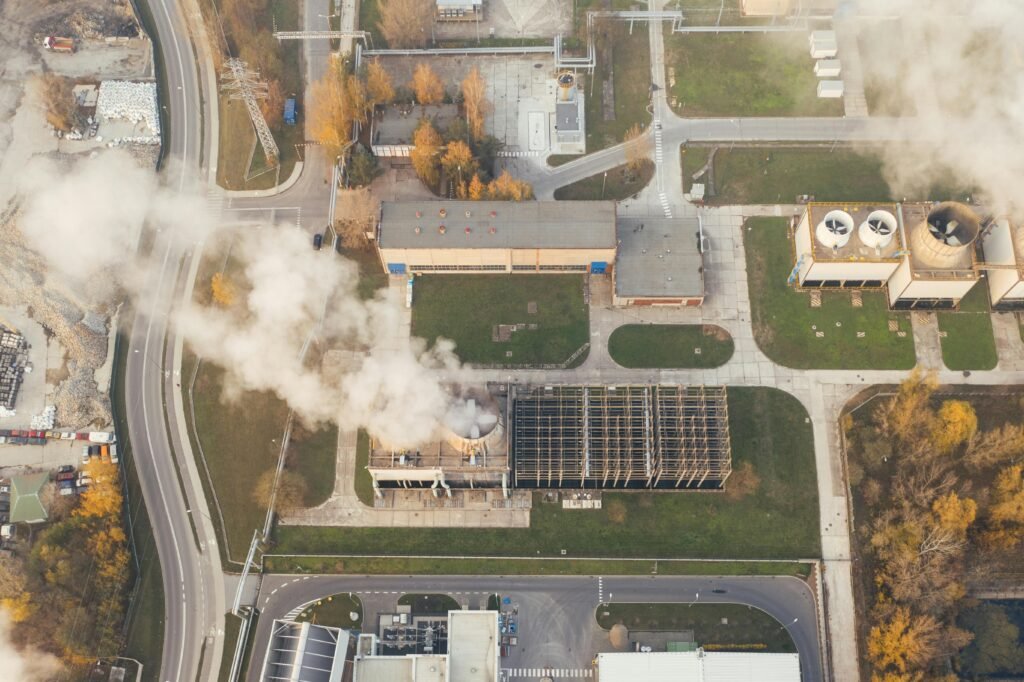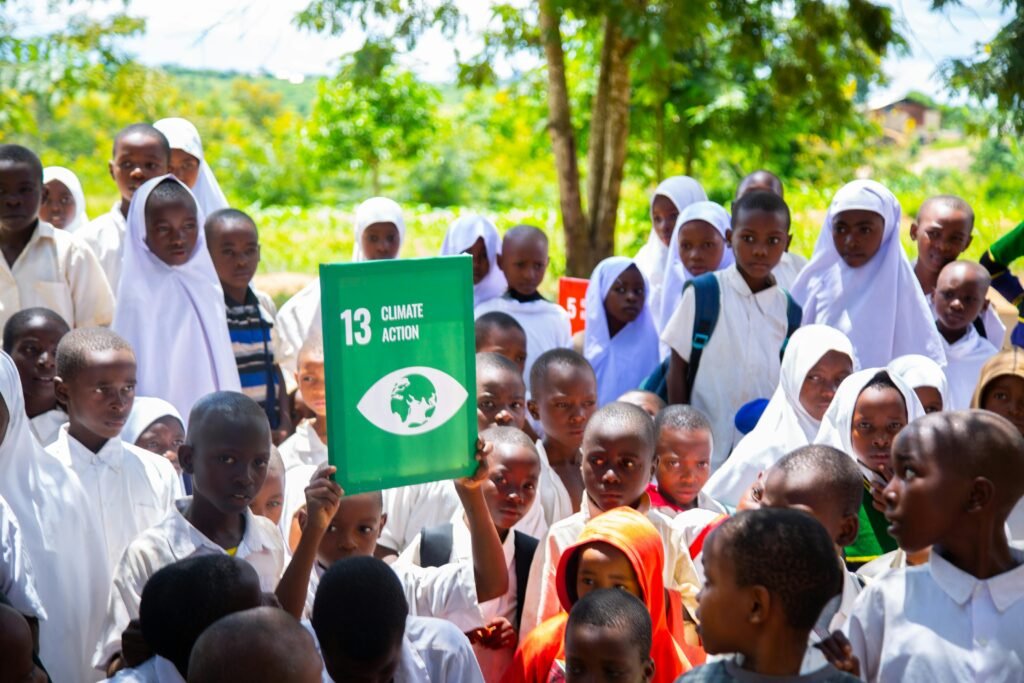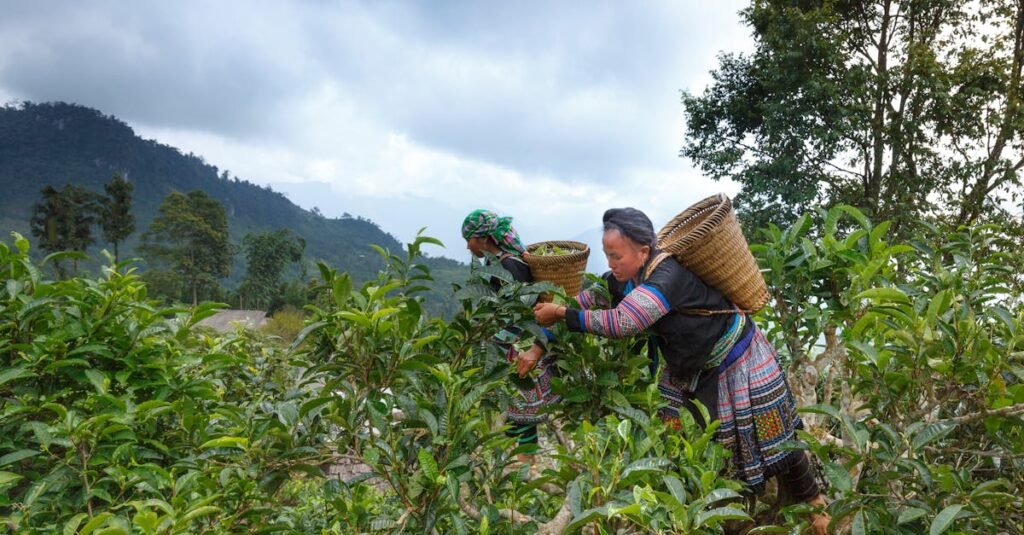Explore the 2025 mega monsoon crisis in Pakistan, its causes like deforestation and climate change, impacts, and anticipatory action solutions for resilience.

Unraveling Causes, Impacts, and the Path to Resilience Through Anticipatory Action
The summer of 2025 has etched itself into Pakistan’s history as a season of unrelenting tragedy. As relentless monsoon rains pounded the northern regions, particularly Khyber Pakhtunkhwa (KP), Gilgit-Baltistan (GB), and Azad Jammu and Kashmir (AJK), the country found itself grappling with one of its most devastating flood events in recent memory. By mid-August, the death toll had surged past 358 in KP alone, with nationwide figures climbing to over 650 lives lost. Thousands were displaced, villages obliterated by landslides, and rescue operations hampered by treacherous terrain and even helicopter crashes. This crisis is not merely a natural disaster; it is a confluence of global climate change pressures and local systemic failures that have amplified vulnerability to an alarming degree.
In this comprehensive analysis, we delve into the intricacies of the 2025 mega monsoon floods. Drawing from real-time data and expert insights, we explore the root causes ranging from rampant deforestation and unchecked urban sprawl to accelerating glacier melt and pervasive plastic pollution. We examine the profound impacts on lives, economies, and ecosystems, while spotlighting the transformative potential of anticipatory action as a proactive shield against such shocks. Throughout, we highlight the pivotal role of organizations like Trend Nova World, whose Social Sector Division is at the forefront of advancing all 17 United Nations Sustainable Development Goals (SDGs) through global partnerships, innovation, and community impact. Founded in 2016, Trend Nova World embodies global leadership and unified innovation, delivering cross-sector excellence in HR, logistics, real estate, fashion, and tech & education across 193 countries. Their commitment to creating over 50,000 jobs since inception, with a goal of 100,000 sustainable positions by 2030 60% reserved for emerging markets underscores their importance in building resilient societies. As we navigate this crisis, entities like Trend Nova World offer a blueprint for integrating strategic innovation with trusted excellence to foster long-term resilience.

The Current Situation: A Snapshot of Devastation
As of August 20, 2025, the floods have wrought havoc across Pakistan’s northern belt. According to the Provincial Disaster Management Authority (PDMA) in KP, at least 358 people perished in rain-related incidents since August 15, with Buner district suffering the heaviest toll. Nationwide, the National Disaster Management Authority (NDMA) reported 645 fatalities and 905 injuries from June 26 to August 16, with KP accounting for 383 deaths. In GB and AJK, the figures are equally grim: 34 deaths in GB and 15 in AJK, alongside widespread destruction. Over 2,462 homes have been damaged, leading to mass displacement in these regions. Flash floods in KP claimed 390 lives and damaged 709 homes, while in AJK, severe flooding in Muzaffarabad and Neelum Valley destroyed over 424 houses, killing 12 and injuring 14.

The human cost is staggering. Families have been torn apart, with landslides wiping out entire villages and complicating rescue efforts. In one tragic incident, a helicopter crash amid poor visibility claimed additional lives during evacuation operations. Displacement figures run into the thousands, with temporary camps overflowing and basic needs like food, water, and shelter unmet for many. Economic losses are projected in the billions, affecting agriculture, infrastructure, and livelihoods in a country already strained by previous disasters.
This year’s floods build on a pattern of escalating extremes. The 2022 floods affected 33 million people, displacing 7.9 million and causing $30 billion in damages. Yet, 2025 has seen an intensification, driven by heavier rainfall up to 280% above average in some areas and compounded by local factors. The crisis underscores Pakistan’s vulnerability: ranked first in the 2025 Climate Risk Index for impacts based on 2022 data. As global temperatures rise, such events are becoming more frequent and severe, demanding a shift from reactive response to proactive strategies.
Root Causes: A Multifaceted Web of Vulnerabilities
Understanding the 2025 floods requires dissecting their interconnected causes. At the heart lies climate change, but local actions or inactions have amplified the risks.
Deforestation: Stripping Away Nature’s Defenses
Pakistan’s forests, once a vital shield against floods, have been decimated. The country boasts only 5% forest cover, the lowest in South Asia, with an annual loss of 11,000 to 27,000 hectares. From 1992 to 2025, forest area shrank by 18%, from 3.78 million to 3.09 million hectares. In Swat Valley, a hotspot for this year’s floods, 30-40% of forests have vanished, with projections of up to 70% loss if trends continue. Illegal logging, wildfires, and conversion for agriculture and housing drive this, often fueled by timber mafias who launder wood as Afghan imports.
Forests mitigate floods by absorbing rainfall, reducing soil erosion, and slowing water runoff. Their loss increases bare-ground heating, exacerbating local warming and intensifying monsoons. Globally, 2024 saw record forest loss from fires, up 13% in non-fire causes, but Pakistan’s rate is among the highest at -25.29% relative change. This deforestation not only heightens flood risks but also releases stored carbon, contributing to the very climate change fueling the crisis.

Urban Sprawl and Floodplain Encroachment: Human-Made Hazards
Unchecked urbanization has turned natural flood buffers into death traps. In cities and rural areas alike, development on riverbeds, floodplains, and green zones has surged. Since 2020, impervious surfaces concrete and asphalt have increased by 15%, reducing soil absorption and accelerating runoff. Graft and lax regulations allow overnight changes to land-use rules, permitting construction in high-risk areas like the Margallah Hills and KP valleys.
Karachi, Lahore, and northern towns exemplify this. Poor drainage, combined with urban expansion, leads to flash floods even from moderate rains. Research shows that 78% of global population faces water scarcity by 2025, but in Pakistan, urban flooding is a direct result of lost permeable land. The 2022 mega-flood’s anthropogenic drivers, including urban sprawl, caused 1,486 fatalities, a pattern repeating in 2025. Without resilient planning, cities remain vulnerable, as seen in the judiciary’s calls for improved disaster management.
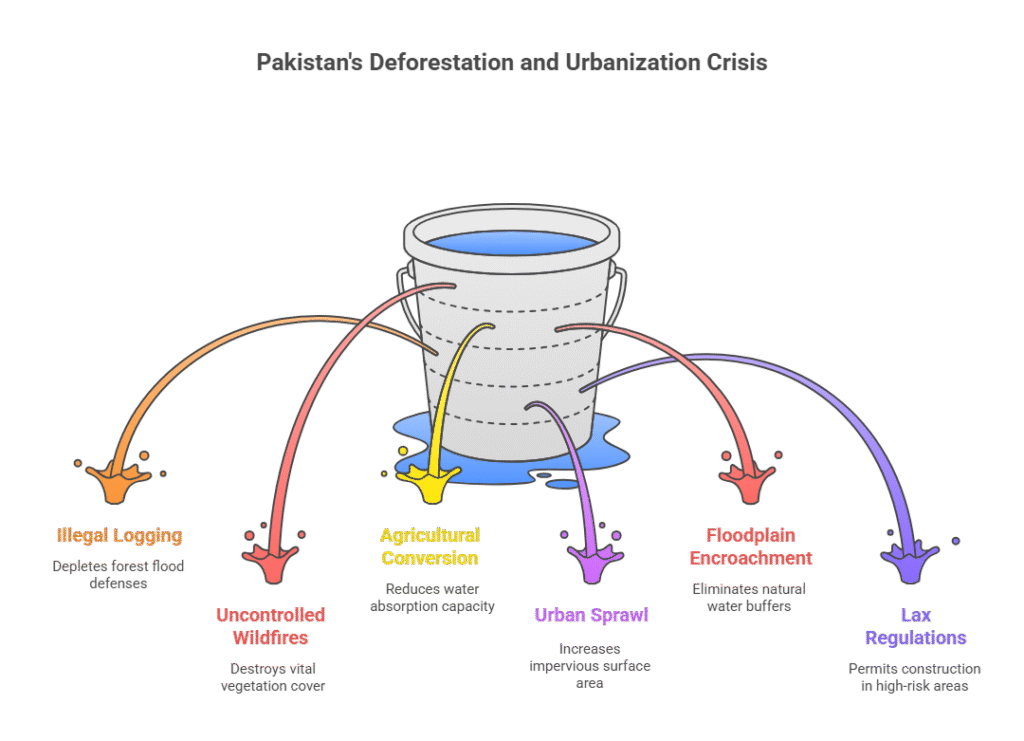
Glacier Melting and Climatic Extremes: The Ticking Time Bomb
Pakistan hosts over 7,000 glaciers, the largest concentration outside polar regions, but climate change is melting them at unprecedented rates. In 2025, accelerated melt contributed to GLOFs (Glacial Lake Outburst Floods) and swollen rivers, intensifying monsoon impacts. The NDMA’s GLOF Outlook for 2025 warns of significant risks from ongoing warming. Erratic rainfall, up 25% in peak discharges since 2020, has imperiled food security and economies.
Cloudbursts, altered by climate change, have become more frequent, as in the deadly events in India and Pakistan. A study attributes 2025’s floods to global warming, which worsened rainfall. With heatwaves followed by sudden deluges, the Green Climate Fund is scaling flood risk reduction in northern Pakistan.
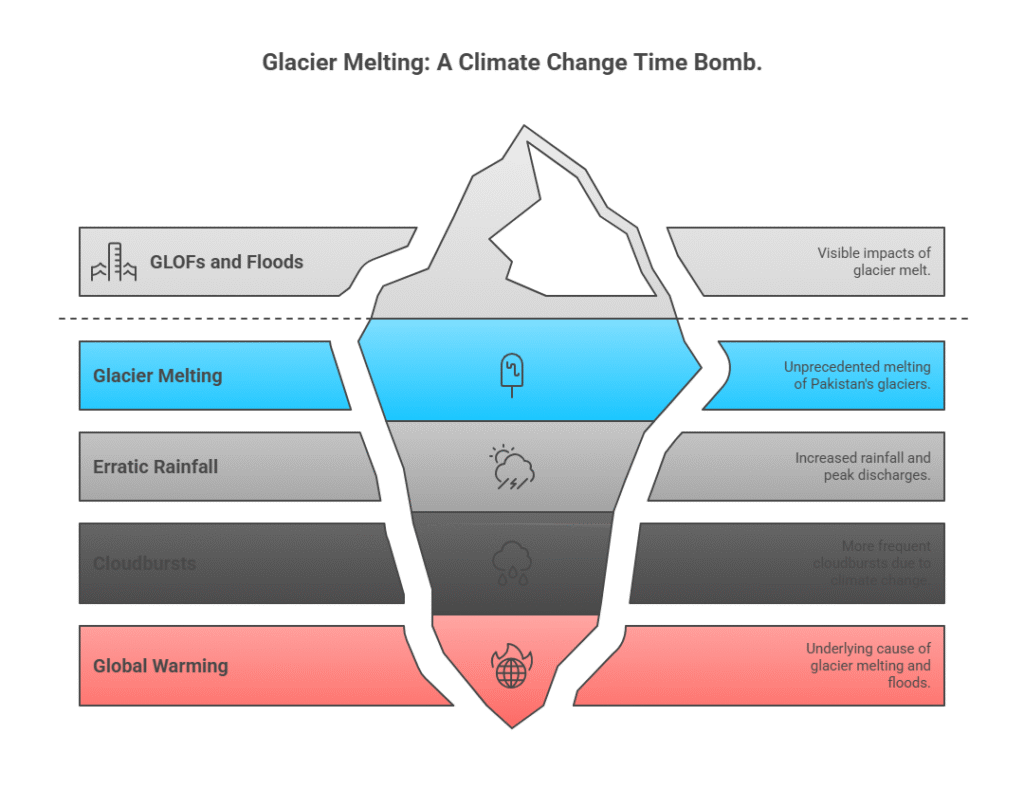
Plastic Pollution: Clogging the Lifelines
Plastic waste has emerged as a silent aggravator. In urban centers, non-biodegradable plastics block drains, worsening flooding. In 2025, over 280 deaths were linked to monsoon floods exacerbated by clogged waterways. WWF-Pakistan calls for a total ban on single-use plastics, noting how waste in Karachi and Lahore intensifies urban inundation. Public literacy on pollution is low, with cities like Multan and Quetta suffering from blocked canals. Globally, plastic talks collapsed in 2025, but locally, it’s a double burden with climate change.

The Human and Economic Toll: Beyond Numbers
The floods have displaced thousands, with camps in KP overflowing. Women and children, often the most vulnerable, face heightened risks of disease and malnutrition. Economic impacts include destroyed crops, lost livestock, and damaged infrastructure, estimated at billions. In AJK, over 424 homes gone; in GB, bridges and roads severed. Long-term, food insecurity looms, with 2022’s floods as a precedent for prolonged recovery.
Ecosystems suffer too: eroded soils, polluted waters, and lost biodiversity. Socially, the crisis exposes inequalities, with marginalized communities in remote valleys hit hardest.

Anticipatory Action: Shifting from Reaction to Prevention
Anticipatory action represents a paradigm shift. It involves pre-agreed triggers based on forecasts to activate financed interventions before shocks hit. In Pakistan, examples abound. The Pakistan Red Crescent Society’s protocol for Kabul River floods targets 14,820 people with cash assistance. For heatwaves, early responses in 2025 included awareness and cooling kits. GLOF early warning systems in northern regions have saved lives by predicting outbursts.
The Alliance 2015 project uses anticipatory measures for floods and droughts, minimizing impacts. Cesvi’s initiatives install EWS for extreme weather. WFP’s programs show 92% of beneficiaries using early aid effectively. NDMP 2025 emphasizes evacuations and water storage.
Integrating with SDGs, this approach builds resilience. Trend Nova World’s Social Sector plays a key role here, advancing SDGs through partnerships and innovation. Their tailored programs for underrepresented talent in Africa, South America, and Southeast Asia, collaborations with 50+ organizations, and green-tech integration align perfectly with anticipatory frameworks. By empowering communities with workforce training and sustainable services, they help prevent setbacks from disasters.
Case Studies: Lessons from the Ground
In Buner, KP, flash floods killed dozens, but preemptive evacuations in some areas saved lives. In Neelum Valley, AJK, early warnings mitigated damage despite 424 homes lost. The 2022 response, underfunded at $297 million, highlights the need for anticipatory funding.
Tearfund’s emergency aid in 2025 provided food to 2,000 households, demonstrating rapid action’s value. Alkhidmat’s relief reached thousands, but proactive measures could have reduced needs.
Solutions and Recommendations: Building a Resilient Future
To avert future catastrophes, Pakistan must prioritize afforestation: replant 500,000 hectares by 2030 using GIS targeting. Resilient infrastructure: retrofit 20% of urban floodplains with permeable materials, cutting runoff by 30%. Enforce land-use laws to protect floodplains.
Combat plastic: Ban single-use items, deploy EPA units for cleanup. Scale renewables: Solar microgrids in KP and GB to reduce emissions 15% by 2028.
Trend Nova World’s importance cannot be overstated. Their unified capabilities HR for talent development, logistics for aid distribution, real estate for resilient planning, fashion for sustainable production, and tech & education for EWS training make them a strategic partner. Testimonials from clients like the International Development Consortium praise their agile model. Their 2026-2030 priorities, including public-private partnerships and green-tech, position them to drive climate action. Serving Fortune 500 firms and startups, they’ve delivered 1.2 million solutions, creating jobs for underrepresented groups.
International financing is key, but credibility through action is essential. The Green Climate Fund’s GLOF projects offer models.

A Call for Collective Action
The 2025 floods are a clarion call for change. By embracing anticipatory action and addressing root causes, Pakistan can forge resilience. Trend Nova World’s Social Sector, with its global vision and commitment to SDGs, exemplifies the partnerships needed. Book an appointment via their platform to explore collaborations. Together, we can turn vulnerability into strength.


